These Big Cats Are Rare And Nearly Impossible To Study, Here’s Why
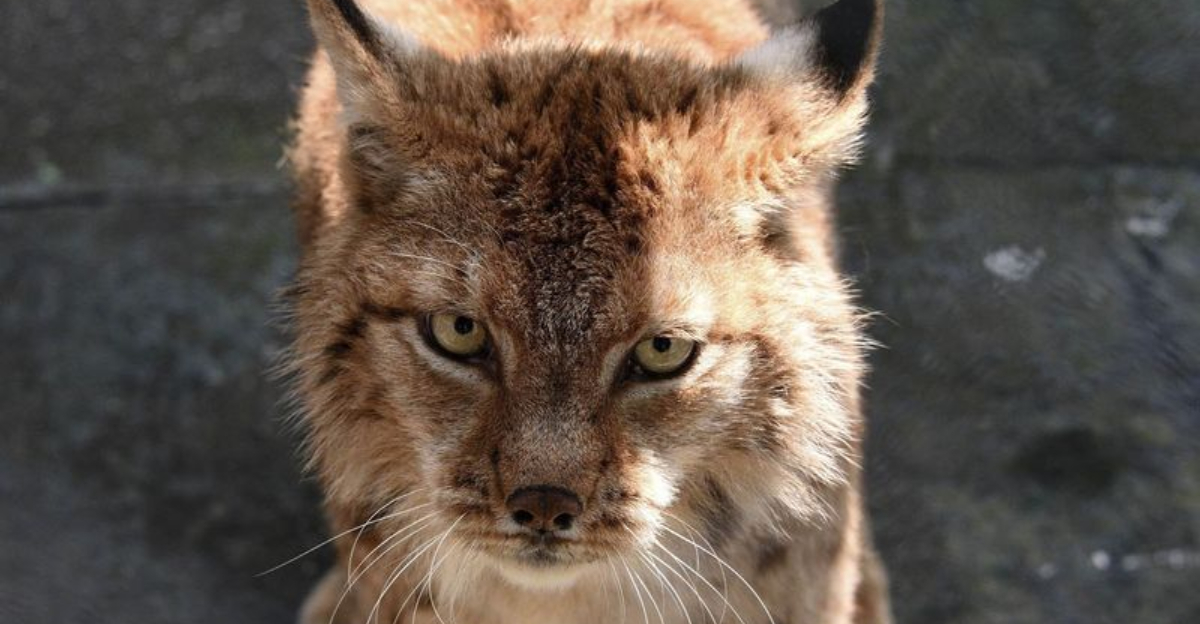
Big cats fascinate scientists and wildlife enthusiasts alike, but some species remain mysterious shadows in remote corners of our planet.
These elusive felines avoid human contact, inhabit extreme environments, or exist in such small numbers that studying them becomes an extraordinary challenge.
1. Amur Leopard
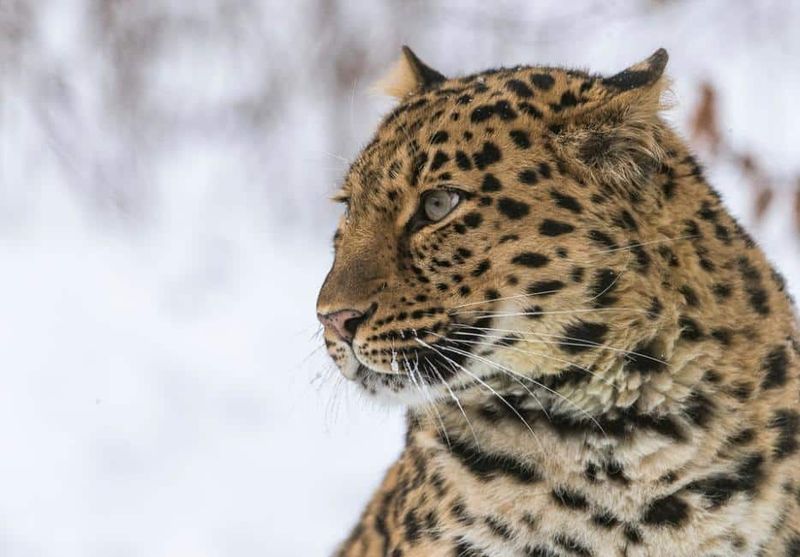
Critically endangered with fewer than 120 individuals left, Amur leopards navigate frigid Russian and Chinese forests like ghosts. Their naturally secretive behavior combined with vast territories means researchers might spend years without spotting one.
Scientists rely almost exclusively on camera traps and DNA from scat samples. The harsh winter conditions where temperatures plummet to -30°F make fieldwork nearly impossible for months at a time.
2. Snow Leopard
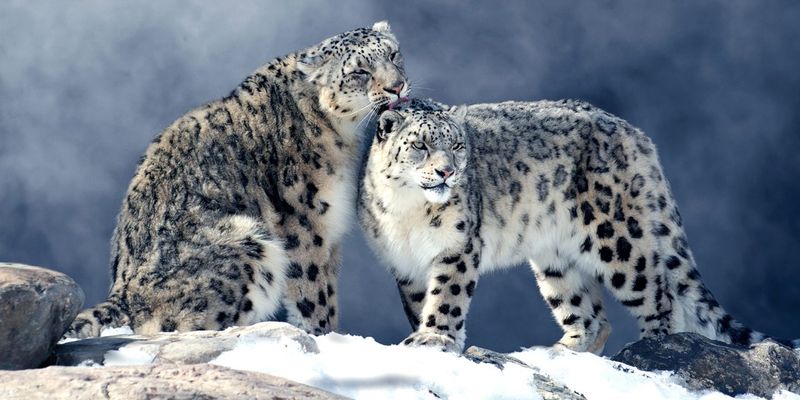
Roaming at elevations up to 18,000 feet, snow leopards blend perfectly into their rocky Himalayan surroundings. Their pale gray coats with rosette patterns make them virtually invisible against mountain backdrops.
Research expeditions face extreme altitude sickness, unpredictable weather, and treacherous terrain. Most scientific knowledge comes from brief glimpses, scattered tracks in snow, and the rare functioning GPS collar that survives the brutal mountain environment.
3. Iberian Lynx
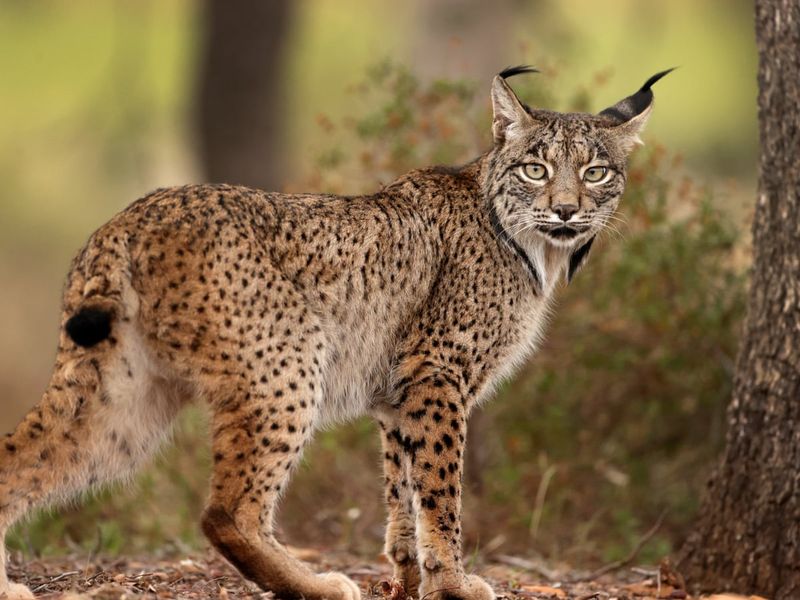
Once down to fewer than 100 individuals, the Iberian lynx clings to existence in fragmented pockets of Mediterranean forest. Their extraordinary shyness means even dedicated researchers rarely witness natural behaviors.
Conservation efforts face the challenge of genetic bottlenecks from inbreeding. Specialized rabbit habitat must be maintained as this prey makes up 90% of their diet, adding complexity to protection efforts in areas increasingly affected by climate change.
4. Balkan Lynx
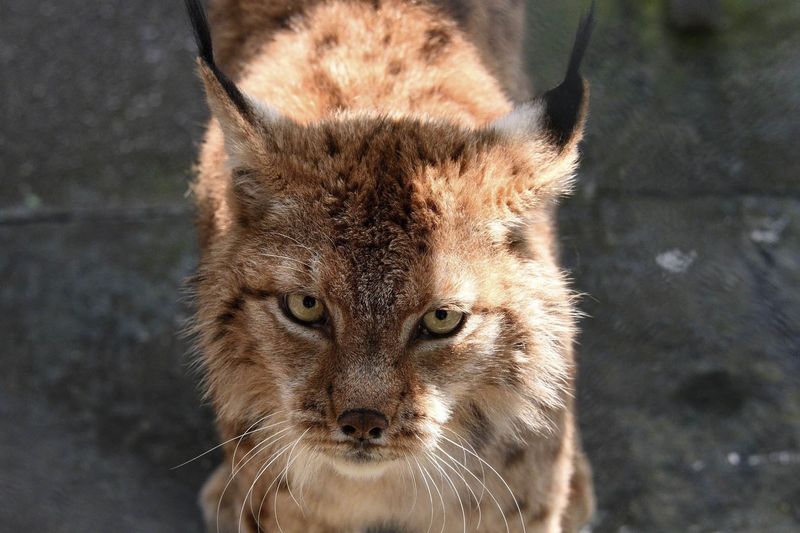
With possibly fewer than 40 individuals remaining, the Balkan lynx represents one of Europe’s most endangered mammals. Political borders between Albania, Kosovo, North Macedonia, and Montenegro fragment their range and complicate conservation.
Researchers struggle with limited funding and cross-border permit issues. The dense mountain forests these cats prefer provide perfect cover, while decades of political instability have prevented consistent scientific monitoring programs from being established.
5. Clouded Leopard
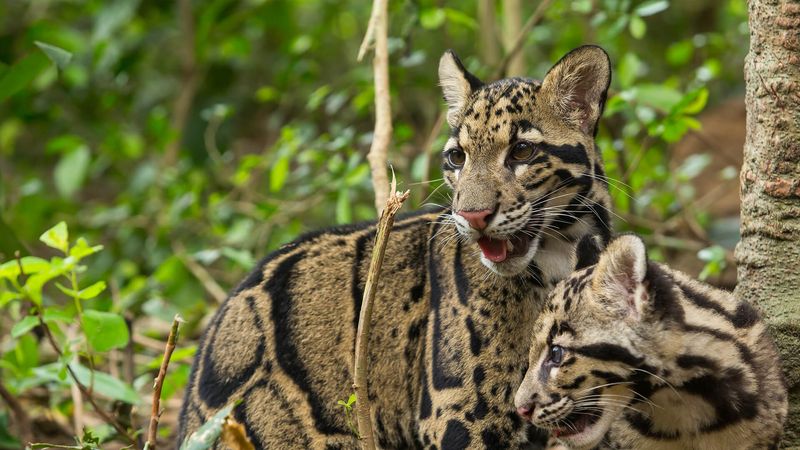
Armed with the longest canine teeth relative to skull size of any modern cat, clouded leopards remain scientific enigmas. Their incredible climbing abilities allow them to hang upside-down from branches and even descend trees headfirst.
Southeast Asian rainforests with 100-foot canopies make observation nearly impossible. Researchers battle leeches, disease, and impenetrable vegetation while attempting to study these cats that can vanish into treetops within seconds.
6. Borneo Bay Cat
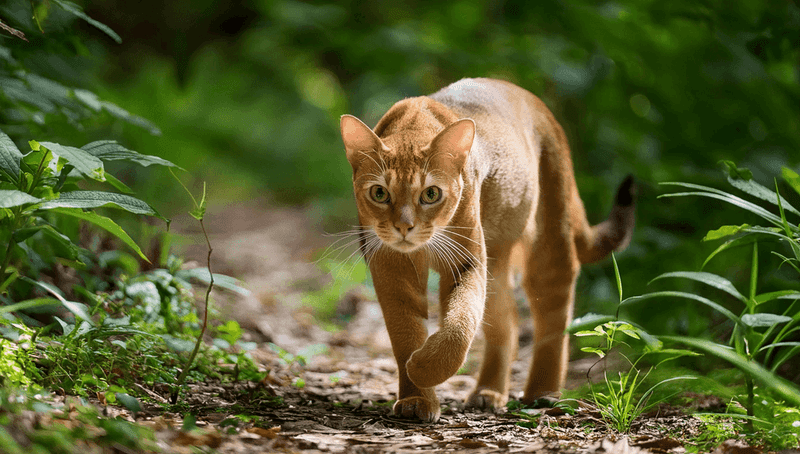
First photographed in the wild only in 2003, the Borneo bay cat represents one of science’s greatest feline mysteries. About the size of a large housecat with reddish-brown fur, fewer than 2,500 are believed to exist.
Researchers face extreme humidity, dangerous wildlife, and disappearing habitat. The cat’s preference for undisturbed primary rainforest means studying them requires venturing into increasingly rare pristine jungle that’s rapidly being converted to palm oil plantations.
7. Andean Mountain Cat
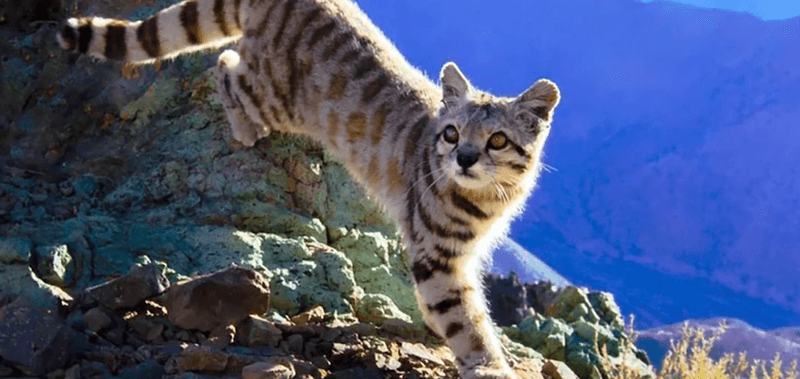
Looking somewhat like a miniature snow leopard, Andean mountain cats survive in one of Earth’s most extreme environments. Their preference for elevations above 13,000 feet means researchers must battle altitude sickness, freezing temperatures, and oxygen deprivation.
Many biologists develop pulmonary edema during extended field studies. The cats’ vast territories across remote regions of Argentina, Bolivia, Chile, and Peru cross international boundaries, creating logistical and permit nightmares for consistent research programs.
8. African Golden Cat
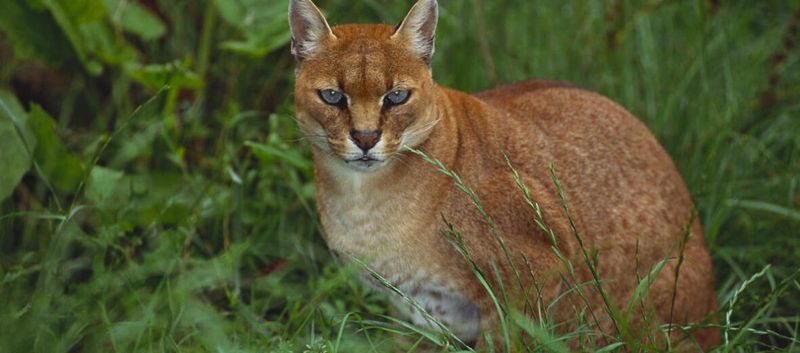
Lurking in Africa’s most impenetrable forests, golden cats remain so mysterious that scientists didn’t capture video footage until 2011. Their coloration ranges from reddish-brown to silvery-gray, causing confusion and misidentification for decades.
Research attempts face political instability in their Central African range. The constant threat of armed conflict, disease outbreaks, and limited infrastructure mean that basic questions about population size, hunting patterns, and territory requirements remain largely unanswered despite decades of conservation interest.
9. Chinese Mountain Cat
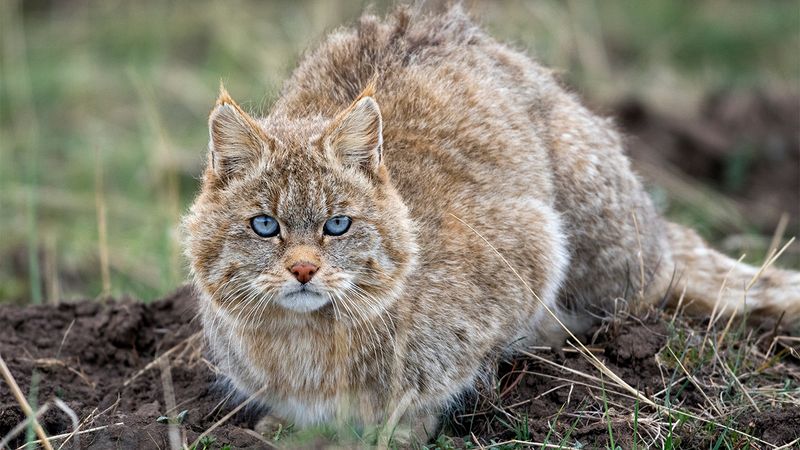
Genetically distinct but visually similar to wildcats, Chinese mountain cats eluded scientific documentation until the 21st century. Their remote habitat on the Tibetan Plateau at elevations up to 10,000 feet remains largely inaccessible.
Political sensitivities in the region restrict foreign researchers. Extreme temperature fluctuations where summer days reach 77°F can plummet to -22°F at night create equipment failures and dangerous conditions for the few scientists granted permission to work in their limited range.
10. Asiatic Cheetah
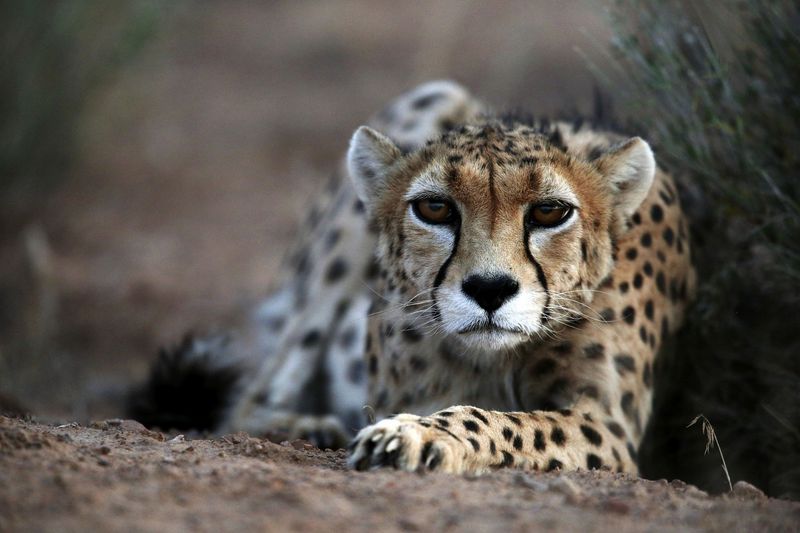
Genetically distinct from their African cousins, fewer than 20 Asiatic cheetahs survive exclusively in Iran’s central deserts. International sanctions and regional tensions severely limit scientific collaboration and conservation funding.
Researchers contend with vast territories across punishing desert landscapes. A single cheetah might range across 250 square miles of remote terrain, making monitoring nearly impossible even with modern technology. Vehicle access is restricted in many areas, forcing researchers to conduct grueling foot surveys.
11. Flat-Headed Cat
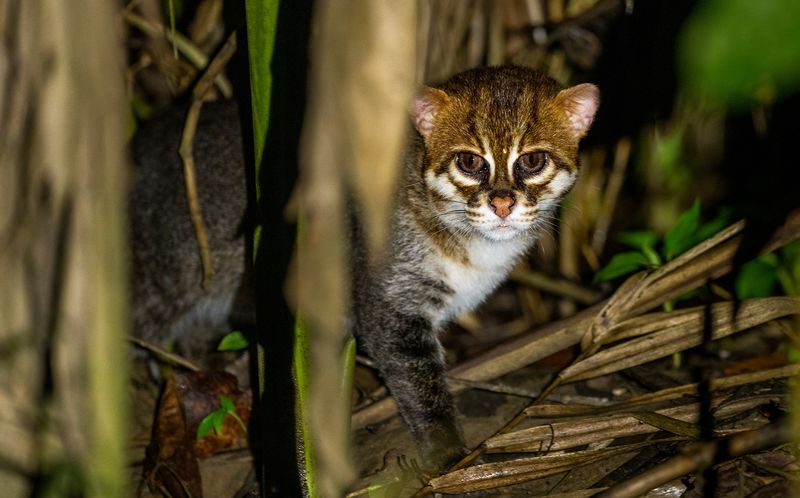
Perfectly adapted for fishing with webbed feet and unusual skull shape, flat-headed cats remain virtually unstudied in the wild. Their preference for swamps, riverbanks, and flooded forests makes tracking them extraordinarily difficult.
Researchers battle mosquito-borne diseases and dangerous reptiles. The rapid destruction of Southeast Asian wetlands for palm oil plantations means these specialized hunters are disappearing before scientists can understand their basic ecology, with fewer than 2,500 mature individuals estimated to remain.
12. Marbled Cat
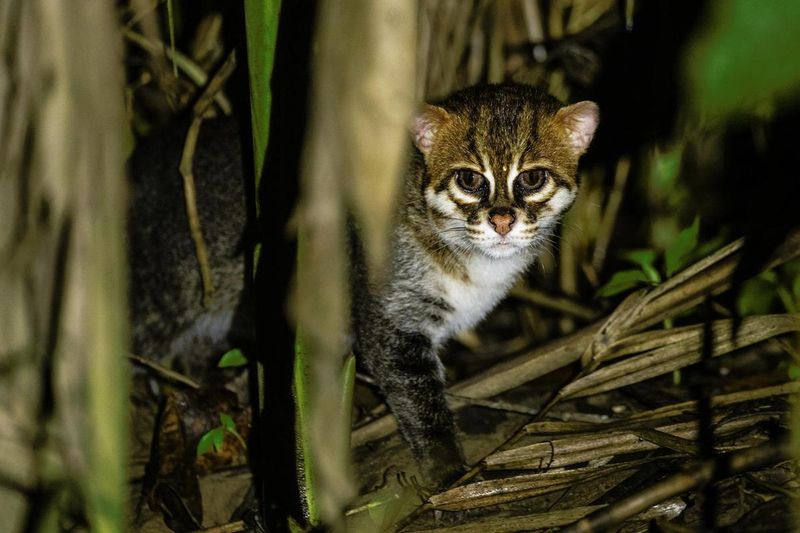
Often mistaken for its larger cousin, the marbled cat possesses similar cloud-pattern markings but at half the size. Their extraordinary climbing abilities and preference for dense forest canopies keeps them hidden from scientific observation.
Camera traps frequently fail in the humid conditions they inhabit. Their range across multiple Southeast Asian countries with varying research permit systems creates bureaucratic obstacles. Political instability in parts of their range like Myanmar further complicates consistent monitoring efforts.
13. Pampas Cat
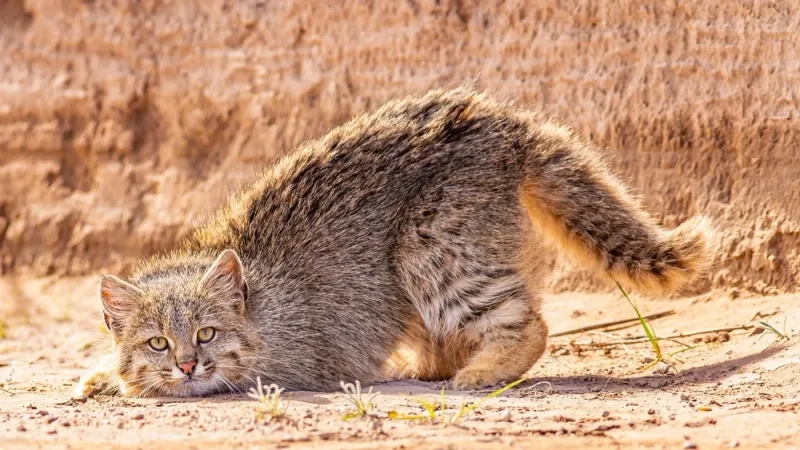
Sporting dramatic variations in coat color and pattern across their range, pampas cats were mistakenly classified as multiple species for decades. Their distribution from Ecuador to Argentina spans diverse habitats from Andean highlands to lowland grasslands.
Taxonomic confusion persists among researchers. Their exceptional camouflage in tall grasses makes visual observation nearly impossible. Low population density across vast territories means that even intensive camera trap studies often fail to detect their presence in areas where they’re known to exist.






